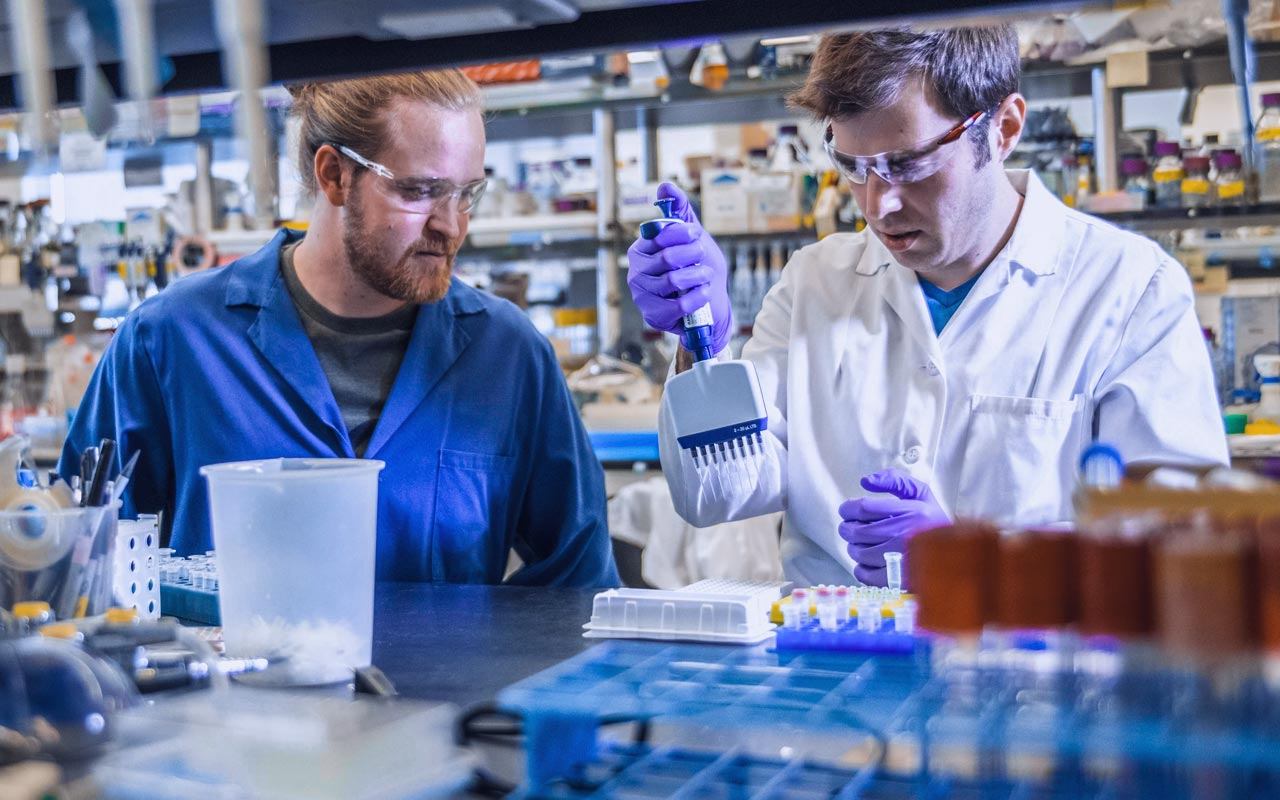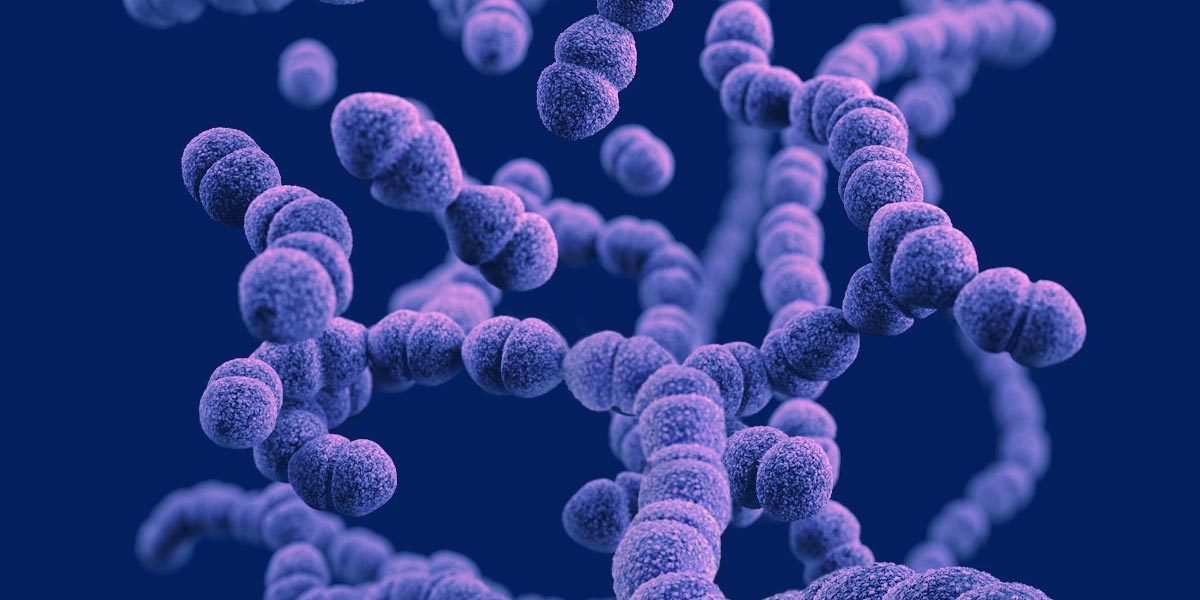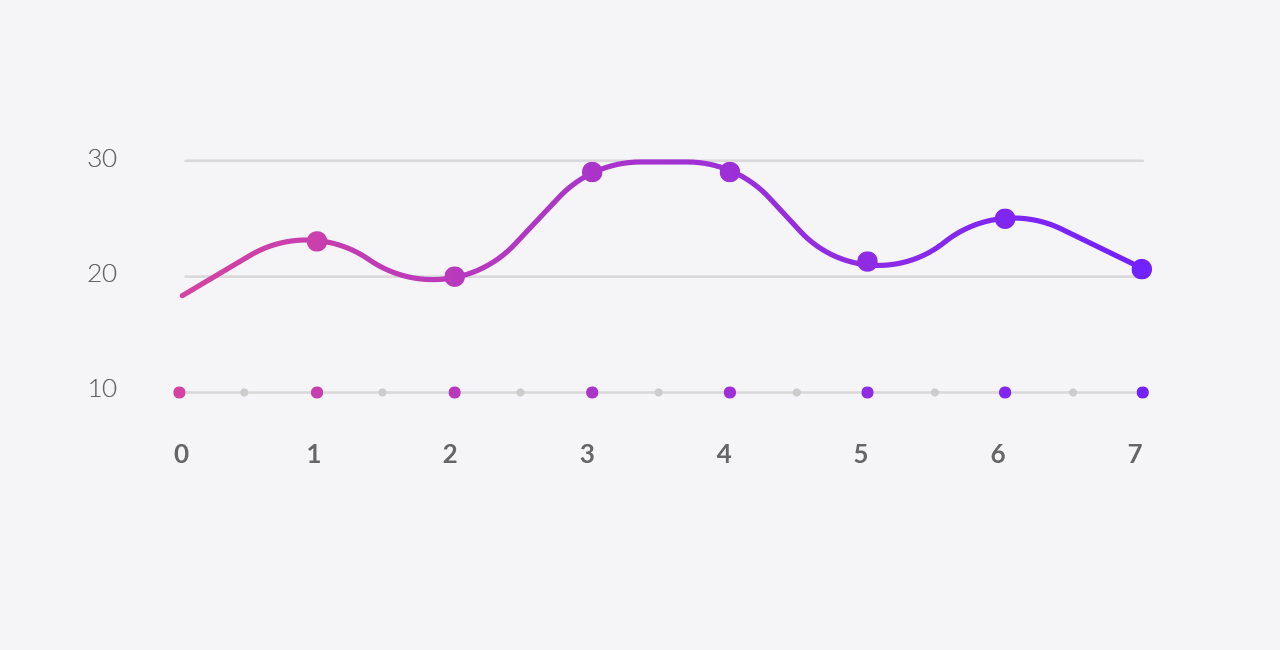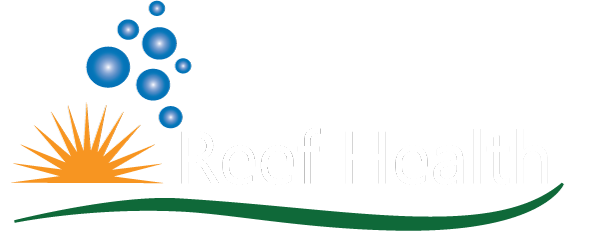- Contact Us
- 1300 328 180
- hello@reef.health
Kava
A Pacific Islands Shrub of Significant Interest

Kava (Piper methysticum) is a plant-based medicine, which has been previously shown to reduce anxiety. To date, however, very few placebo-controlled trial assessing kava in the treatment of generalized anxiety disorder (GAD) has been completed.
Recent Australian research where a total of 75 participants with GAD and no comorbid mood disorder were enrolled in a 6-week double-blind trial of an aqueous extract of kava (120/240 mg of kavalactones per day depending on response) versus placebo. γ-Aminobutyric acid (GABA) and noradrenaline transporter polymorphisms were also analyzed as potential pharmacogenetic markers of response. Reduction in anxiety was measured using the Hamilton Anxiety Rating Scale (HAMA) as the primary outcome. Intention-to-treat analysis was performed on 58 participants who met inclusion criteria after an initial 1 week placebo run-in phase. Results revealed a significant reduction in anxiety for the kava group compared with the placebo group with a moderate effect size (P = 0.046, Cohen d = 0.62).
Among participants with moderate to severe Diagnostic and Statistical Manual of Mental Disorders-diagnosed GAD, this effect was larger (P = 0.02; d = 0.82). At conclusion of the controlled phase, 26% of the kava group were classified as remitted (HAMA ≤ 7) compared with 6% of the placebo group (P = 0.04). Within the kava group, GABA transporter polymorphisms rs2601126 (P = 0.021) and rs2697153 (P = 0.046) were associated with HAMA reduction. Kava was well tolerated, and aside from more headaches reported in the kava group (P = 0.05), no other significant differences between groups occurred for any other adverse effects, nor for liver function tests. Standardized kava may be a moderately effective short-term option for the treatment of GAD. Furthermore, specific GABA transporter polymorphisms appear to potentially modify anxiolytic response to kava.


Currently under development by Reef Pharma is a kava lactone pharmaceutical for treatement of General Anxiety Disorder
– A medical first
Kavalactones belong to lipophilic lactones with an α-pyrone skeleton typically 4-methoxy-2-pyrones, and aromatic stiryl or phenylethyl was substituted at the 6-position [16]. At present, 29 kavalactones, shown in Figure 1, have been isolated and identified. Kavalactones can be extracted from the rhizomes, roots, and root stems of the plant. By employing gas chromatography-mass spectrometer (GC-MS) combined with high-performance liquid chromatography (HPLC) techniques, the extracting efficacies of different solvents (water, acetone, chloroform, methanol, ethanol, and hexane) on the contents of kavalactone constituents were determined, as Figure 2 shows. Seven major kavalactones, namely, methysticin (4), dihydromethysticin (5), kavain (6), 7, 8-dihydrokavain (7), desmethoxyyagonin (9), yangonin (10), and 5,6-dihydro-5,6-dehydrokavain (19), were obtained from the kava roots. It was found that acetone was the most effective solvent in terms of yield and quantities of kavalactone compounds obtained. The contents of seven major kavalactones including methysticin dihydromethysticin, kavain, 7, 8-dihydrokavain, desmethoxyyagonin, yongonin, and 5,6-dihydro-5,6-dehydrokavain were 1.2–14.4 mg/g, 3.2–51.9 mg/g, 3.3–41.5 mg/g 3.8–55.1 mg/g, 2.1–21 mg/g, 2.1–84.1 mg/g, and 1.9–27.1 mg/g, respectively.
A series of kavalactone dimers were also isolated and identified via extensive phytochemical investigation on the roots of kava. By using classical chromatographic separation methods combined with spectrum identification techniques, a series of novel dimeric kavalactones, namely, diyangonins A (20), diyangonins B (21), diyangonins C (22), yangonindimers A (23), yangonindimers B (24), yangonindimers C (25), kavalactone A (26), aniba-dimer A (27), rel-, trans-3-bis[6-(4-methoxy-2-pyronyl)]-cis-2, trans -4-diphenyl cyclobutane (28), and 6,6′-(3,4-diphenylcycl-obutane-1,2-diyl) bis (4-methoxy-2H-pyran-2-one) (29), were isolated and elucidated from kava.
Flavokavins
The first three dihydrochalcones, namely, flavokavin A (30), flavokavin B (31), and flavokavin C (32), were isolated from the roots of kava by using the high-performance thin-layer chromatography (HPTLC) method [20]; followed by the pinostrobin chalcone (33), which was detected in kava roots for the first time by employing GC-MS and HPLC analysis. Recently, two new flavanones, namely, pinostrobin (34) and 5,7- dimethoxyflavanone (35), along with 5,7-dihydroxy-4′-methoxy- 6,8-dimethylflavanone (matteucinol,36) and 5-hydroxy- 4′,7- dimethoxyflavanone (37) have been obtained via column chromatography (CC) and HPLC methods.
Lately, it was explored that kavalactone analogues exhibited in vitro anthelmintic activities against Haemonchus contortus larvae. Through the chemical modifications of 2- ,3-, and 4-substituent on the pendant aryl ring (Figure 7), two kavalactones (yangonin and desmethoxyyangonin) and 17 analogues were synthesized. Among these analogues, compounds with 4-trifluoromethoxy, 4-phenoxy, 4-difluoromethoxy, and 4-N-morpholine substitutions showed convinced anthelmintic activities (1.9 μM < IC50 < 8.9 μM) which were superior to desmethoxyyangonin (IC50 = 37.1 μM) and yangonin (IC50 = 15.0 μM) and, thus, provided an opportunity for developing novel anthelmintic agents.
Reef Pharma has always kept a keen interest in novel pharma
In-house research
